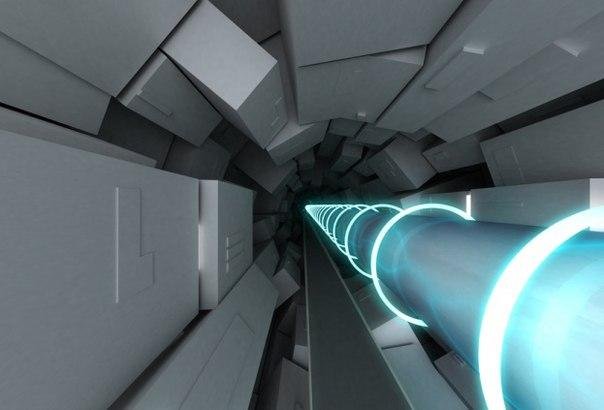In Tsukube there began operation "brother" of the Large Hadron Collider

Physicists from Laboratory of research of high energies (KEK) in Tsukube (Japan) managed to customize system of reflection of rays in the accelerator of particles SuperKEKB and to launch it in operation. If everything goes as it is scheduled, then next year SuperKEKB will start experiments on collision of electrons and positrons, having joined the Large Hadron Collider (LHC) which is in Switzerland, in search of new unexplored particles.
SuperKEKB is a new electron - a positron collider (the accelerator of particles). Before its appearance the single available physics had a collider LHC. And LHC and SuperKEKB are aimed at opening of new physical phenomena which won't be coordinated with standard model of physics of particles. However their strategy will differ. LHC tries to receive new fundamental particles, pushing together high-energy protons. This strategy led to success in 2012 when scientists allegedly managed to find Higgs boson in the Large Hadron Collider. Unlike LHC, the Japanese SuperKEKB will push together the positrons and electrons possessing much smaller energies to receive a large number of already known particles. Scientists will study explicitly them in search of the hints specifying new particles and other physical phenomena.
So, SuperKEKB will allow to receive V-mesons, each of which contains the heavy particle known as an easy anti-quark. Because of features of quantum mechanics of property of the V-meson depend on other particles which appear and disappear in it. Thus, if somewhere there is an unknown the particle which isn't laying down in frames of standard model so far, traces of its presence in the V-meson will reject its properties from predicted by model even if these new particles are too heavy to receive them directly in LHC.
SuperKEKB is a superstructure worth $275 million to already existing complex. It consists of two rings 3 km long. Electrons will disperse in one of them to energies in 7 GEV. Positrons, positively charged antiparticles of electrons, will move in other ring. They will face among themselves in the detector of particles Belle II which is built at the moment.
Scientists expect to obtain preliminary data of the detector at the end of 2017 - the beginning of 2018. After that some more years of operation will be required to bring both the accelerator, and the detector to their peak productivity. Today 98 scientific institutions from 23 countries of the world participate in the project.
I would like to see these projects be able to contain antimatter in the magnetic field. Who knows, maybe future energy source?
But will it give a new scent like D&G
Thanks